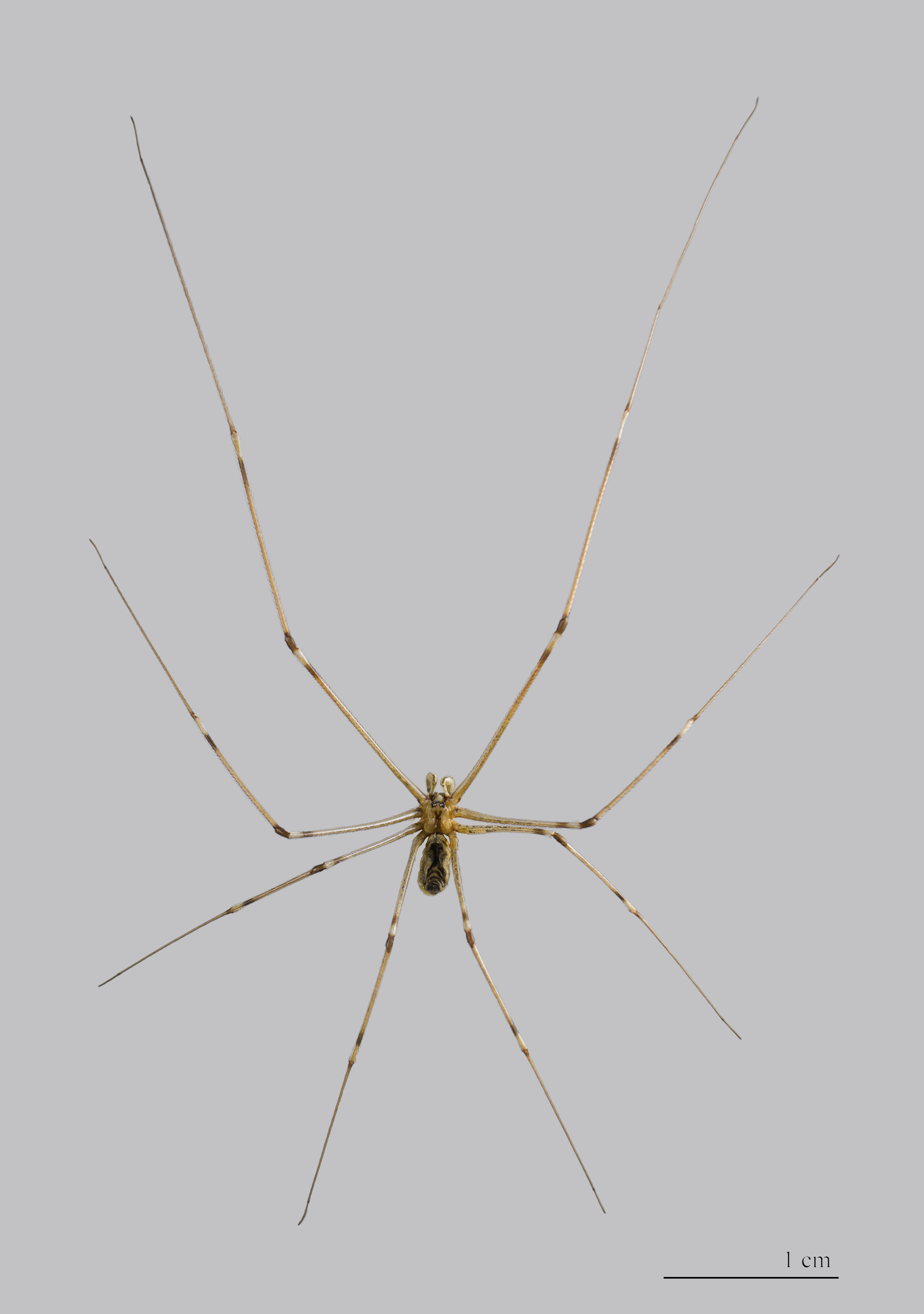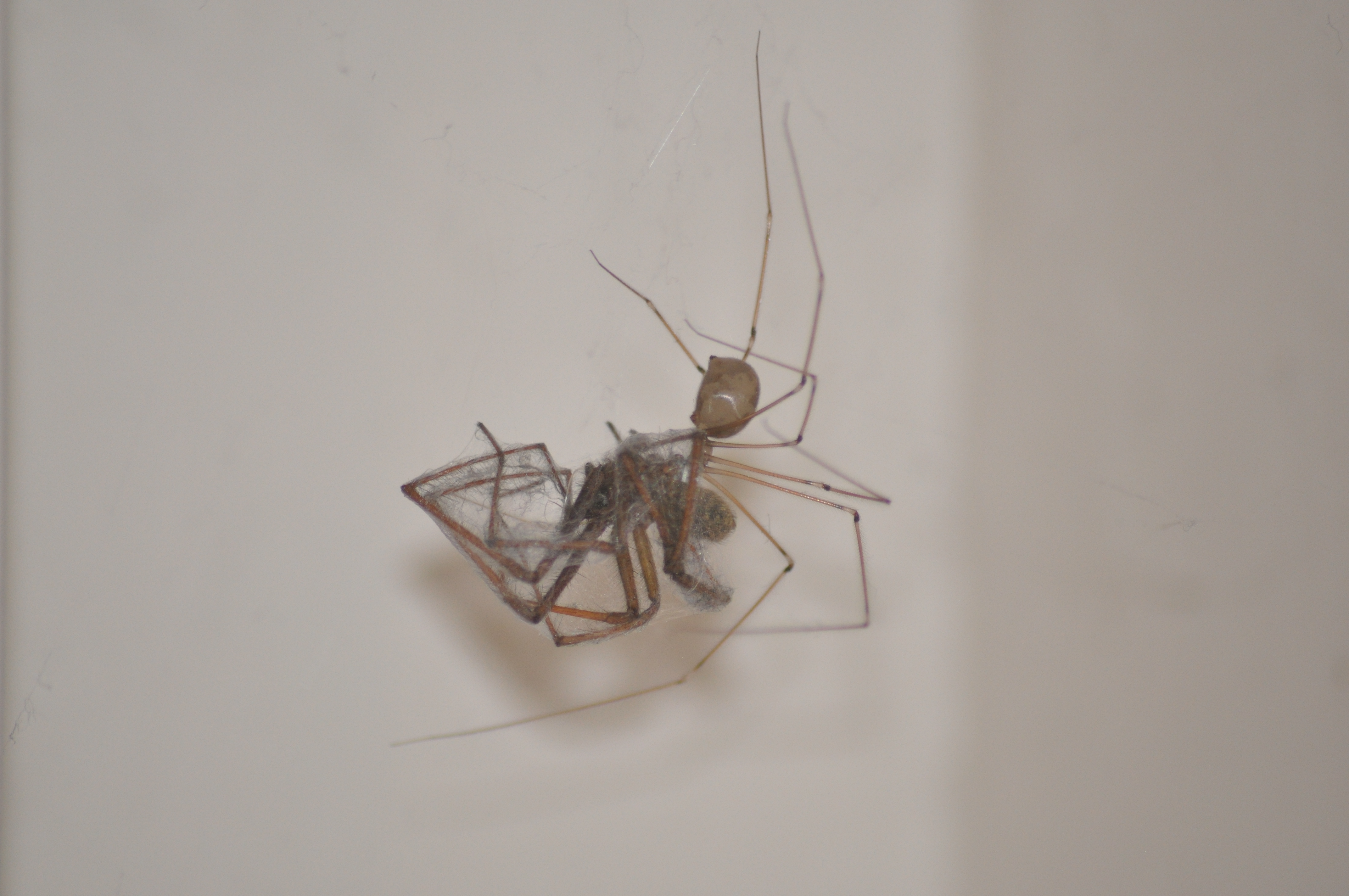|
Holocnemus Caudatus
''Holocnemus caudatus'' is a cellar spider species found in Spain and Sicily. It belongs to the genus Holocnemus, which contains only two other species, '' Holocnemus hispanicus'' and ''Holocnemus Pluchei''. See also * List of Pholcidae species This page lists all described genera and species of the spider family Pholcidae. , the World Spider Catalog accepts 1820 species in 94 genera: A ''Aetana'' ''Aetana'' Huber, 2005 * '' Aetana abadae'' Huber, 2015 — Philippines * '' Aetana baga ... References Pholcidae Spiders of Europe Spiders described in 1820 {{Pholcidae-stub ... [...More Info...] [...Related Items...] OR: [Wikipedia] [Google] [Baidu] |
Holocnemus
''Holocnemus'' is a genus of cellar spiders that was first described by Eugène Louis Simon in 1873. Species , the World Spider Catalog accepts four species, found only in Africa and Europe: *'' H. caudatus'' (Dufour, 1820) – Spain, Andorra *'' H. hispanicus'' Wiehle, 1933 – Portugal, Spain *'' H. pluchei'' (Scopoli, 1763) – Europe, North Africa, Turkey, Caucasus, Middle East. Introduced to USA, Argentina, Japan, Australia *'' H. reini'' (C. Koch, 1873) – Morocco, Algeria, Tunisia See also * List of Pholcidae species This page lists all described genera and species of the spider family Pholcidae. , the World Spider Catalog accepts 1820 species in 94 genera: A ''Aetana'' '' Aetana'' Huber, 2005 * '' Aetana abadae'' Huber, 2015 — Philippines * '' Aetana ba ... References External links Araneomorphae genera Spiders of Europe Pholcidae Spiders of North Africa {{Pholcidae-stub ... [...More Info...] [...Related Items...] OR: [Wikipedia] [Google] [Baidu] |
Holocnemus Hispanicus
''Holocnemus hispanicus'' is a cellar spider species found in Spain. It belongs to the genus Holocnemus, which contains only two other species, ''Holocnemus caudatus'' and ''Holocnemus pluchei''. See also * List of Pholcidae species This page lists all described genera and species of the spider family Pholcidae. , the World Spider Catalog accepts 1820 species in 94 genera: A ''Aetana'' ''Aetana'' Huber, 2005 * '' Aetana abadae'' Huber, 2015 — Philippines * '' Aetana baga ... References Pholcidae Spiders of Europe Spiders described in 1933 {{Pholcidae-stub ... [...More Info...] [...Related Items...] OR: [Wikipedia] [Google] [Baidu] |
Holocnemus Pluchei
''Holocnemus pluchei'', commonly known as the marbled cellar spider, is a species of Pholcidae, a family commonly referred to as "cellar spiders" or "daddy long-legs". This species is distributed across the North Pacific region of the United States, as well as in parts of North Africa, Europe, and the Mediterranean. It is considered a common household spider and builds its nest in attics, basements, and eaves of houses. Although some members of the species live in solitary webs, the majority join already existing webs and migrate to new webs multiple times throughout the course of their lives. A unique feature of ''H. pluchei'' is that while in many species of spiders, stridulation commonly occurs by males during sexual encounters, in ''H. pluchei'', females also possess stridulatory organs, and both sexes engage in stridulation. Description Males and females of the species are approximately the same size, with males ranging between 5–7 mm and females ranging between ... [...More Info...] [...Related Items...] OR: [Wikipedia] [Google] [Baidu] |
List Of Pholcidae Species
This page lists all described genera and species of the spider family Pholcidae. , the World Spider Catalog accepts 1820 species in 94 genera: A ''Aetana'' ''Aetana'' Huber, 2005 * '' Aetana abadae'' Huber, 2015 — Philippines * '' Aetana baganihan'' Huber, 2015 — Philippines * '' Aetana banahaw'' Huber, 2015 — Philippines * '' Aetana fiji'' Huber, 2005 — Fiji * '' Aetana gaya'' Huber, 2015 — Malaysia (Gaya Is.) * '' Aetana indah'' Huber, 2015 — Borneo * '' Aetana kinabalu'' Huber, 2005 — Borneo * '' Aetana kiukoki'' Huber, 2015 — Philippines * '' Aetana lambir'' Huber, 2015 — Borneo * '' Aetana libjo'' Huber, 2015 — Philippines * ''Aetana loboc'' Huber, 2015 — Philippines * '' Aetana lozadae'' Huber, 2015 — Philippines * '' Aetana manansalai'' Huber, 2015 — Philippines * '' Aetana mokwam'' Huber, 2019 — Indonesia (West Papua) * '' Aetana ocampoi'' Huber, 2015 — Philippines * '' Aetana omayan'' Huber, 2005 ( type) — Philippines * ''Aetana ondawamei' ... [...More Info...] [...Related Items...] OR: [Wikipedia] [Google] [Baidu] |
Pholcidae
The Pholcidae are a family of araneomorph spiders. The family contains over 1,800 individual species of pholcids, including those commonly known as cellar spider, daddy long-legs spider, carpenter spider, daddy long-legger, vibrating spider, gyrating spider, long daddy, and skull spider. The family, first described by Carl Ludwig Koch in 1850, is divided into 94 genera. The common name "daddy long-legs" is used for several species, especially ''Pholcus phalangioides'', but is also the common name for several other arthropod groups, including harvestmen and crane flies. Appearance Pholcids are thin and delicate arachnids. The body, resembling the shape of a peanut, is approximately 2–10 mm (0.08–0.39 inch) in length, and the legs may be up to 50 mm (1.97 inches) long. ''Pholcus'' and ''Smeringopus'' have cylindrical abdomens and eyes arranged in two lateral groups of three and two smaller median contiguous eyes. Arrangements of eight and six ey ... [...More Info...] [...Related Items...] OR: [Wikipedia] [Google] [Baidu] |
Spiders Of Europe
Spiders ( order Araneae) are air-breathing arthropods that have eight legs, chelicerae with fangs generally able to inject venom, and spinnerets that extrude silk. They are the largest order of arachnids and rank seventh in total species diversity among all orders of organisms. Spiders are found worldwide on every continent except for Antarctica, and have become established in nearly every land habitat. , 50,356 spider species in 132 families have been recorded by taxonomists. However, there has been debate among scientists about how families should be classified, with over 20 different classifications proposed since 1900. Anatomically, spiders (as with all arachnids) differ from other arthropods in that the usual body segments are fused into two tagmata, the cephalothorax or prosoma, and the opisthosoma, or abdomen, and joined by a small, cylindrical pedicel, however, as there is currently neither paleontological nor embryological evidence that spiders ever had a separate t ... [...More Info...] [...Related Items...] OR: [Wikipedia] [Google] [Baidu] |

